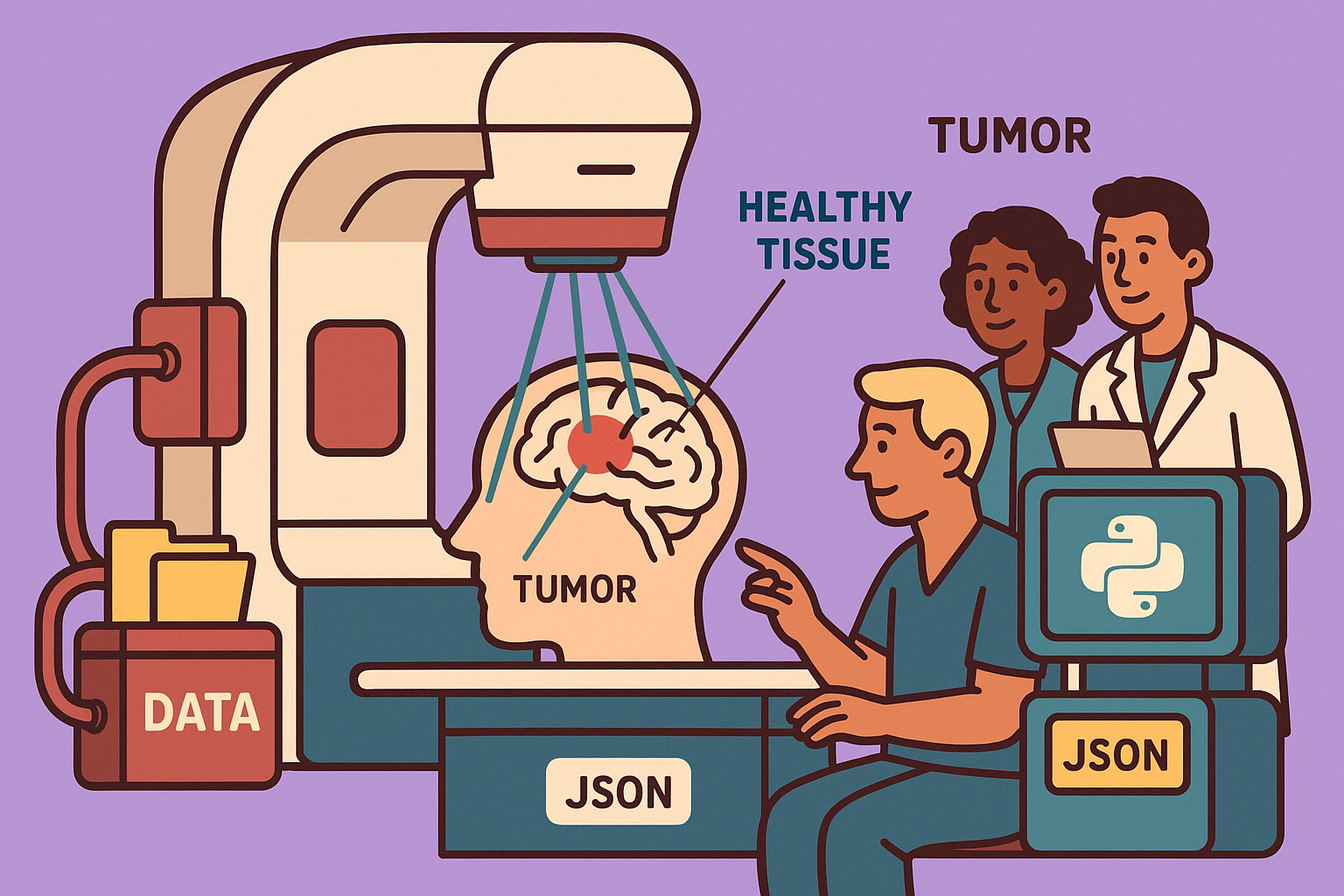Stereotactic radiotherapy (SRT) delivered via a linear accelerator (LINAC) is a cutting-edge medical procedure that revolutionizes how we approach cancer treatment. This advanced technique allows medical professionals to target tumors with pinpoint accuracy, delivering high doses of radiation while minimizing harm to surrounding healthy tissues. This article delves into the intricacies of SRT with LINACs, explaining its mechanisms, application, and benefits.
What is Stereotactic Radiotherapy?
Stereotactic radiotherapy is a non-surgical radiation therapy that delivers precisely focused, high-dose radiation to a small, well-defined tumor or lesion. Unlike conventional radiotherapy which uses multiple small doses, SRT typically involves a few high-dose treatments, sometimes even a single session, especially when referred to as stereotactic radiosurgery (SRS). This method is particularly effective for tumors that are difficult to reach surgically or for patients who are not candidates for traditional surgery due to other health conditions.
The Role of the Linear Accelerator (LINAC)
At the heart of SRT is the linear accelerator (LINAC). A LINAC is a sophisticated machine designed explicitly for medical use to produce high-energy X-rays or electrons. In the context of SRT, the LINAC directs these powerful radiation beams with remarkable precision towards the tumor. The primary objective is to administer a lethal dose of radiation to the cancer cells while meticulously sparing as much of the surrounding healthy tissue as possible, which is crucial for reducing side effects and accelerating patient recovery.
The SRT Process: A Step-by-Step Guide
The successful execution of stereotactic radiotherapy is a meticulous process involving several critical steps, requiring a multidisciplinary team of experts.
Step 1: Detailed Treatment Planning
The process begins with an elaborate planning phase. A team comprising radiation oncologists, dosimetrists, and medical physicists collaborates to create a highly detailed treatment plan. This team utilizes advanced imaging techniques, such as MRI, CT, and PET scans, to visualize the tumor and surrounding tissues in three dimensions. The precise location, size, and shape of the tumor are mapped out to ensure that the radiation beams target only the cancerous cells and avoid vital organs or sensitive structures.
Step 2: Accurate Beam Delivery
Once the treatment plan is finalized, the delivery phase commences. The patient is positioned on the treatment couch, often secured with a stereotactic frame for brain treatments or a non-invasive custom-fit mask for other body sites. This immobilization ensures the patient remains perfectly still throughout the treatment, preventing any movement that could compromise the accuracy of the radiation delivery.
The LINAC is then meticulously positioned to deliver radiation beams from multiple angles. These beams are carefully orchestrated to converge or “intersect” precisely at the tumor site. This convergence maximizes the radiation dose at the tumor while minimizing the dose to the healthy tissues through which the beams pass.
Step 3: Advanced Delivery Techniques
Modern stereotactic radiotherapy employs several advanced techniques to enhance precision and customization. These include:
- Intensity Modulated Radiation Therapy (IMRT): This technique modulates the intensity of the radiation beams across the treatment field, allowing for a more customized dose distribution that conforms tightly to the tumor’s shape, even if it is complex or irregular.
- Volumetric Modulated Arc Therapy (VMAT): A more advanced form of IMRT, VMAT delivers radiation continuously as the LINAC rotates around the patient in an arc. This allows for faster treatment times and even more precise dose sculpting.
- Image-Guided Radiation Therapy (IGRT): IGRT uses imaging taken just before or during treatment to ensure that the tumor’s position is accurately accounted for, especially if there has been any slight organ motion or patient movement. This real-time imaging helps to adjust the treatment delivery if necessary, maintaining maximum accuracy.
Conditions Treated with Stereotactic Radiotherapy
Stereotactic radiotherapy with a LINAC is effective in treating a wide range of conditions, offering a non-surgical alternative or an adjunctive therapy. Common applications include:
- Brain Metastases: Cancers that have spread to the brain from other parts of the body.
- Trigeminal Neuralgia: A chronic pain condition affecting the trigeminal nerve.
- Acoustic Neuromas: Benign tumors that develop on the main nerve leading from your inner ear to your brain.
- Arteriovenous Malformations (AVMs): Abnormal tangles of blood vessels in the brain.
- Recurrent Gliomas: Certain types of brain tumors that have returned after initial treatment.
- Primary Lung, Liver, and Spinal Tumors: For selected cases where surgery is not an option or as a boost to other treatments.
Conclusion
In summary, stereotactic radiotherapy with a linear accelerator represents a highly sophisticated and effective approach to cancer treatment. By combining advanced imaging, precise planning, and cutting-edge radiation delivery techniques, it offers patients a lifeline with remarkable benefits: delivering maximum therapeutic impact to cancerous cells while meticulously preserving adjacent healthy tissues. For individuals considering this treatment, consultation with healthcare professionals is paramount to determine the most suitable options and understand the tailored approach that best fits their specific medical needs.
🔍 Discover Kaptan Data Solutions — your partner for medical-physics data science & QA!
We're a French startup dedicated to building innovative web applications for medical physics, and quality assurance (QA).
Our mission: provide hospitals, cancer centers and dosimetry labs with powerful, intuitive and compliant tools that streamline beam-data acquisition, analysis and reporting.
🌐 Explore all our medical-physics services and tech updates
💻 Test our ready-to-use QA dashboards online
Our expertise covers:
🔬 Patient-specific dosimetry and image QA (EPID, portal dosimetry)
📈 Statistical Process Control (SPC) & anomaly detection for beam data
🤖 Automated QA workflows with n8n + AI agents (predictive maintenance)
📑 DICOM-RT / HL7 compliant reporting and audit trails
Leveraging advanced Python analytics and n8n orchestration, we help physicists automate routine QA, detect drifts early and generate regulatory-ready PDFs in one click.
Ready to boost treatment quality and uptime? Let’s discuss your linac challenges and design a tailor-made solution!
Get in touch to discuss your specific requirements and discover how our tailor-made solutions can help you unlock the value of your data, make informed decisions, and boost operational performance!

Comments